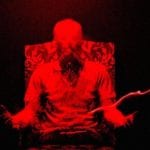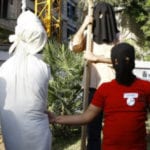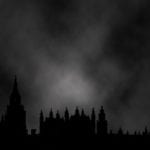 Mysteries
Mysteries  Mysteries
Mysteries  History
History 10 Surprising Stories About the Texas Rangers
 Humans
Humans 10 Philosophers Who Were Driven Mad by Their Own Theories
 Miscellaneous
Miscellaneous 10 Video-Game-Worthy Weapons and Armors from History
 Weird Stuff
Weird Stuff 10 Psychics Who Accurately Predicted Wartime Events
 The Arts
The Arts 10 Pieces of Art Inspired by a Broken Heart
 Health
Health 10 Science Fiction-Sounding New Medical Treatments
 History
History 10 Surprising Facts About the Father of Submarine Warfare
 Space
Space Ten Astonishing New Insights into Alien Worlds
 Weird Stuff
Weird Stuff 10 Bizarre Summer Solstice Rituals Still Practiced Today
 Mysteries
Mysteries Top 10 Haunting Facts About the Ghost Ship MV Alta
 History
History 10 Surprising Stories About the Texas Rangers
 Humans
Humans 10 Philosophers Who Were Driven Mad by Their Own Theories
Who's Behind Listverse?

Jamie Frater
Head Editor
Jamie founded Listverse due to an insatiable desire to share fascinating, obscure, and bizarre facts. He has been a guest speaker on numerous national radio and television stations and is a five time published author.
More About Us Miscellaneous
Miscellaneous 10 Video-Game-Worthy Weapons and Armors from History
 Weird Stuff
Weird Stuff 10 Psychics Who Accurately Predicted Wartime Events
 The Arts
The Arts 10 Pieces of Art Inspired by a Broken Heart
 Health
Health 10 Science Fiction-Sounding New Medical Treatments
 History
History 10 Surprising Facts About the Father of Submarine Warfare
 Space
Space Ten Astonishing New Insights into Alien Worlds
 Weird Stuff
Weird Stuff 10 Bizarre Summer Solstice Rituals Still Practiced Today
Top 10 Horrific Modern-Day Witch Slayings
When most of us think of witch slayings, we conjure up images of the famous witch trials in Salem, Massachusetts, in 1692 or similar old-time panics. By our modern standards, crazy beliefs back then led to the executions of innocent people wrongly accused by delusional neighbors.
Many of us think that people are too sophisticated today to believe in such nonsense. Sadly, that’s not always true. This list examines these modern evils, shedding light on present-day attacks and cold-blooded murders brought on by superstitious beliefs and the irrational fear of witches and witchcraft.
10 11 Years
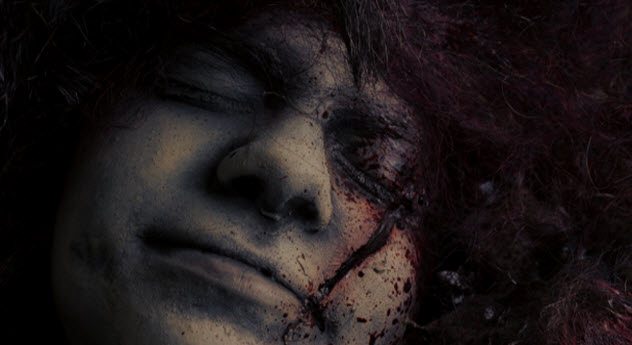
In April 1998, a man broke into the home of Modesta Navarro Nieves and accused her of casting a witch’s spell on him. Then he beat her to death with a stick, pausing briefly when her husband arrived home. At that moment, the mysterious intruder viciously attacked the unsuspecting husband before fleeing the scene of the crime in the remote mountainous village of Guadalupe del Cobre.[1]
Eleven years passed before Santiago Iniguez Olivares was brought to justice. Believing the murder had been forgotten, Olivares, then 78, returned to the sleepy town in western Mexico, only to be arrested while walking to a bus station. His arrest came one year after the slaying of a woman in central Mexico at the hands of another female who claimed that she, too, had been possessed due to witchcraft.
9 Hallucinogenic Potion And Torture

In the tiny West African nation of Gambia, an anti-witch campaign was conducted in 2009 to root out witches and evil sorcerers. Going village to village, “witch doctors” accompanied by police, soldiers, and security forces rounded up around 1,000 villagers at gunpoint and brought them to secret locations. There, they were forced to drink a dangerous hallucinogenic potion.
Those who did not die from the concoction were subjected to prolonged torture with knives, severe beatings, cigarette burns, and electric shock. The order to carry out these atrocious witch hunts was given by the country’s ruler. He insisted on being called “His Excellency President Professor Dr. Al-Haji Yahya Jammeh.”
The elderly made up the majority of those accused, and it’s uncertain how many were murdered due to such insane beliefs. Anyone who dared to speak out against Jammeh’s unpredictable exploits inexplicably disappeared, creating a climate of fear across the nation.[2]
Whole regions of Gambia became deserted as terrified citizens crossed the border into Senegal to seek refuge.
8 New York Voodoo
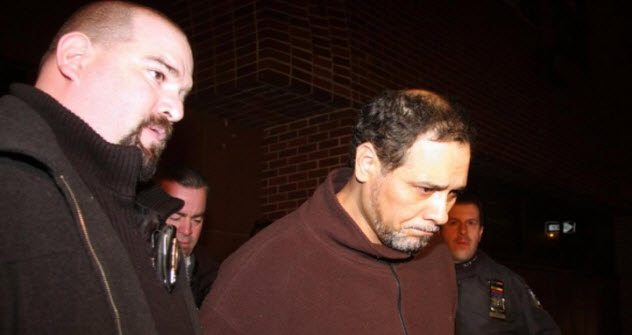
On a cold January night in 2014, police officers in New York were called to the residence of Estrella Castaneda. Upon their arrival, they encountered 44-year-old Carlos Alberto Amarillo waiting patiently in the street, Bible in hand.
Minutes earlier, Amarillo had called 911. He reported to the dispatcher that he had “assassinated” two females inside the home. As police entered the master bedroom, they found Estrella lying on a bed with a pillow over her face. She and her daughter, Lina, had been bludgeoned to death with a hammer. Lina’s body was discovered on the floor in a rear bedroom.[3]
In statements to the police, Amarillo—who was dating Estrella at the time—claimed that he had murdered his girlfriend and her daughter because they were witches who were “performing voodoo and casting spells on him.”
To the surprise of no one, a jury found Amarillo guilty of two counts of first-degree murder. He received two consecutive life sentences.
7 Anti-Witchcraft Unit

In the Qariyat province of Saudi Arabia, Amina bint Abdel Halim Nassar was convicted in 2011 of committing the practice of witchcraft and sorcery. This came after authorities had discovered bottles in her home filled with liquids “supposedly used for the purposes of witchcraft.”
Anonymous sources had reported to authorities that Nassar was selling spells and bottles of the liquid. Involvement with these “potions” is punishable by death in a nation of absolute monarchy governed by strict sharia law.
Despite pleas for forgiveness by Amnesty International, Nassar was beheaded. Her execution was the second that year, following a Sudanese national who was beheaded in Medina after being convicted of “sorcery” charges. In Saudi Arabia, Islamic clerics believe that witches do indeed ride brooms and are aided in their flights by the supernatural jinn.
In 2007, pharmacist Mustafa Ibrahim was beheaded for practicing magic after he walked into a bathroom holding the Quran. In 2009, the Saudi government formalized a special Anti-Witchcraft Unit to educate the public on witchcraft and sorcery.
By the end of that year, 118 people were charged after anonymous sources had accused them of “using the book of Allah in a derogatory manner” pertaining to the practice of witchcraft.[4]
6 Hexes, Murder, And Lawsuits
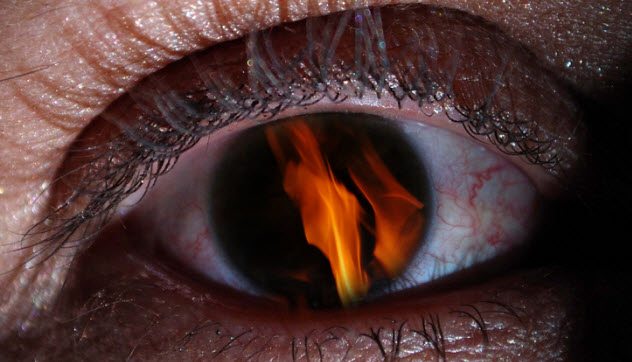
In a remote village on the Russian-Ukrainian border, Sasha Lebyodkin and his nephew Sergei Gretsov consulted with the local babka (“witch”) in the hopes of removing a curse. Sergei claimed that 22-year-old Tanya Tarasova had cast a spell on him when he refused to marry her. After the babka’s failed attempt to remove the hex, the two men decided to take matters into their own hands.[5]
Armed with hammers and knives, the duo broke into the Tarasova family home on the evening of February 22, 1997. Following the bloody rampage, Tanya and her three younger siblings miraculously clung to life after sustaining multiple hammer blows to their heads.
Sadly, Tanya’s mother lay dead in an attack that was intended to murder the whole family. During their interrogations, the two remorseless killers claimed that Tanya’s spell had set fire to their eyes and that strange beasts had been sent to haunt them.
Shortly after the slaying, Tanya was sued by the wife of attacker Sasha Lebyodkin for “putting a hex on my husband and destroying him.”
5 Benin

In the eyes of most people in northern Benin, a French-speaking African nation, babies who are not born headfirst are deemed to be witches or sorcerers. By tradition, such an infant is taken to a tree where his brains are bashed against the bark of the trunk. More compassionate parents abandon the infant in a bush and leave him for dead.
“A child whose birth and early development deviates in any way from the accepted norm is cursed and must be destroyed,” say the Baatonou, Boko, and Peul people.[6] Ill-born babies have their feet tied before being lassoed around a tree in an attempt to exorcise the evil which they have brought into the world.
Children in extreme poverty who resort to stealing food have also been accused of witchcraft. As a result, they are brutally beaten to death under Benin rule. In fact, the slightest infraction—including giving birth to a child with a defect—can bring a charge of sorcery.
Sadly, more often than not, those accused are executed according to Benin law.
4 Zambia
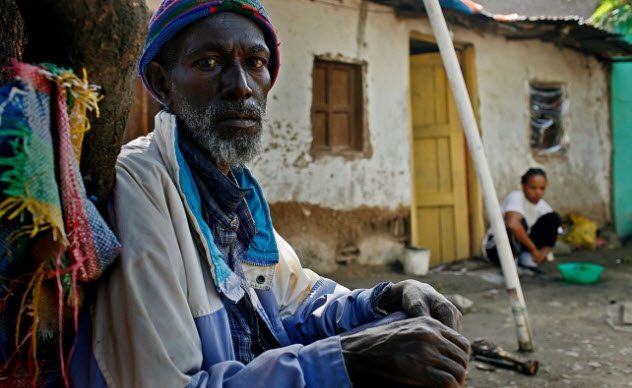
In January 2017, an 80-year-old woman traveled to the northern Copperbelt province of Zambia to visit her grandson. During her stay, her great-grandson developed an ailment which led to the child’s death.
The distraught father consulted the town’s witch doctor to seek answers about the loss of his son. The witch doctor accused the man’s grandmother of being a witch and claimed that her presence was responsible for the boy’s untimely passing.
At 2:30 AM, neighbors awoke to the screams of the elderly woman as the young man savagely beat her. “It’s your turn to die, you witch,” her grandson was heard shouting moments before he set her on fire.[7]
According to the Zambian Human Rights Commission, the country has recently seen an increase in brutal killings of elderly people accused of practicing witchcraft. Even more distressing, the majority of victims are slain at the hands of close relatives seeking justice for supposed curses cast upon them.
In fact, Zambian police officials reported in 2017 that there had been at least 25 elderly people murdered across the country in only three months. These frail and defenseless scapegoats never see a trial, only a lynch mob who becomes the judge, jury, and executioner.
3 Scapegoats
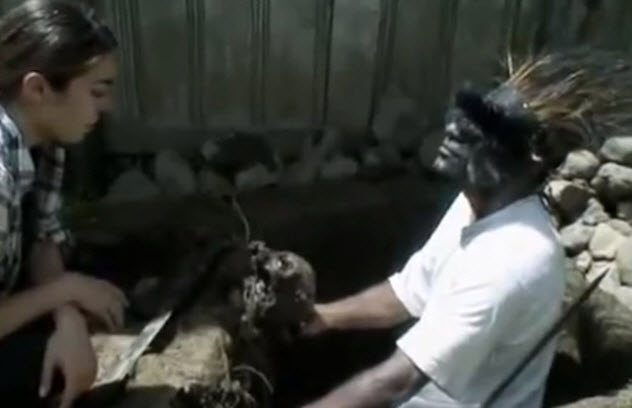
In Papua New Guinea, a pregnant woman accused of sorcery was dragged from her home in 2008 by villagers who blamed her for the sudden death of her neighbor. She was hanged from a tree, where she struggled relentlessly for hours on end to free herself. Her trauma caused her to go into labor.
Fortunately, she and her newborn survived the ordeal. However, 50 other wrongfully accused individuals were tortured and murdered on the South Pacific island that year. With traditional beliefs holding sway in many regions of the nation, tribesmen often blame innocent people for unexplainable deaths, which are more likely due to a lack of medical knowledge.
Such was the case in 2009 when a girl in her late teens was dragged by a homicidal mob to a dumping ground. There, she was stripped naked, bound by the hands and feet, tied to a log, and set ablaze on a pile of tires. The suspected witch’s remains were found only after people living nearby noticed the smell of her burned flesh permeating the still night air.
According to the United Nations, approximately 90 percent of the Pacific region’s HIV cases are in Papua New Guinea, leading villagers to cast culpability for the epidemic on witchcraft.[8]
2 A Growing And Bloody Epidemic
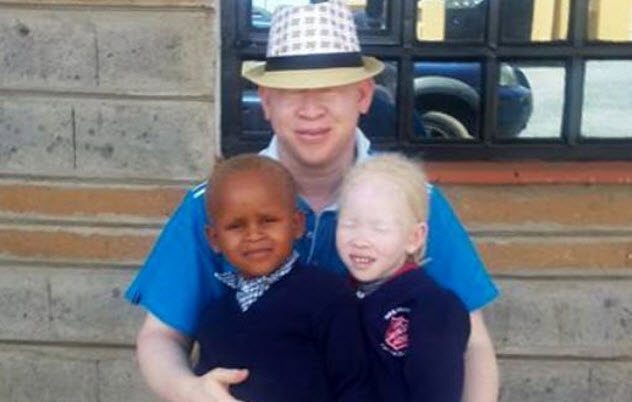
An estimated 500 suspected witches are murdered in Tanzania annually. Belief in witchcraft is prevalent in the nation, and the grisly attacks can happen to anyone from an infant to an elderly person.
Women and albinos, however, are particularly hunted. Tanzanians believe that the white skin of albinos possesses magical powers used by witches to carry out their evil sorcery.
In February 2015, a one-year-old baby was horrifically mutilated and murdered due to his albinism. The previous month, 200 angry villagers armed with axes, machetes, and knives broke into the home of accused witch Jane Faidha Bakari. They hacked the 58-year-old to death in front of her husband and children before setting fire to their home.
In 2014 alone, more than 1,000 women were lynched, stoned, or butchered by “frightened” neighbors-turned-vigilantes. Sadly, human rights agencies in Tanzania worry that the number of killings will only rise because the government, which banned witchcraft in January 2015, relies too heavily on the courts to determine whether the victims were actually witches.[9]
1 Holiday Nightmare
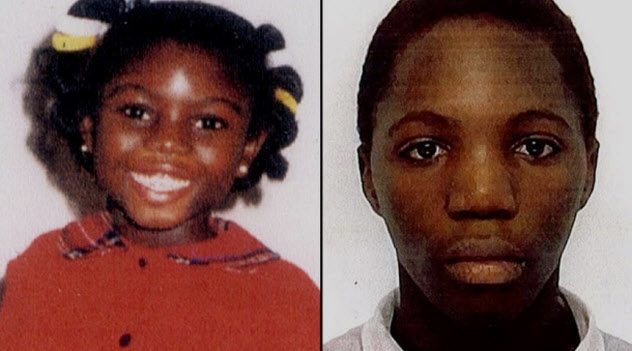
On Christmas Day 2010, 15-year-old Kristy Bamu was in London visiting his 29-year-old sister, Magalie, and her partner, Eric Bikubi, when the unthinkable occurred. Over the course of 24 hours, Kristy suffered 130 injuries at the hands of those he believed would protect him from the evils of the world.
Instead, Magalie and Eric became the evil and subjected Kristy to prolonged torture with knives, metal bars, broken bottles, hammers, and chisels. As he lay bloody and battered on the cold apartment floor, he pleaded for forgiveness after being forced to confess that he was a witch.
After his ears were torn from his head using a pair of pliers, Kristy was placed in a bathtub for an exorcism. He ultimately drowned. The sadistic couple’s defense was that they believed Kristy was practicing witchcraft, a justification that naturally fell on deaf ears in the courtroom.
“The belief in witchcraft, however genuine, cannot excuse an assault to another person, let alone the killing of another human being,” stated Judge David Paget prior to sentencing Eric Bikubi and Magalie Bamu to a minimum of 30 years and 25 years, respectfully.[10]
Eight-year-old Victoria Climbie was an earlier child abuse case in London that was linked to supernatural beliefs. In 2000, her great-aunt starved, beat, and tortured the young girl because the great-aunt was convinced that Victoria was possessed by an evil force.
In the decade prior to the Bamu murder, Scotland Yard investigated 83 cases of abuse resulting from faith-based or ritualistic beliefs.
Adam is just a hubcap trying to hold on in the fast lane.
Read more bizarre stories of people trying to protect themselves from witches on 10 Odd Ways People Protected Themselves From Witchcraft and 10 Infamous Witch-Hunters From History.
